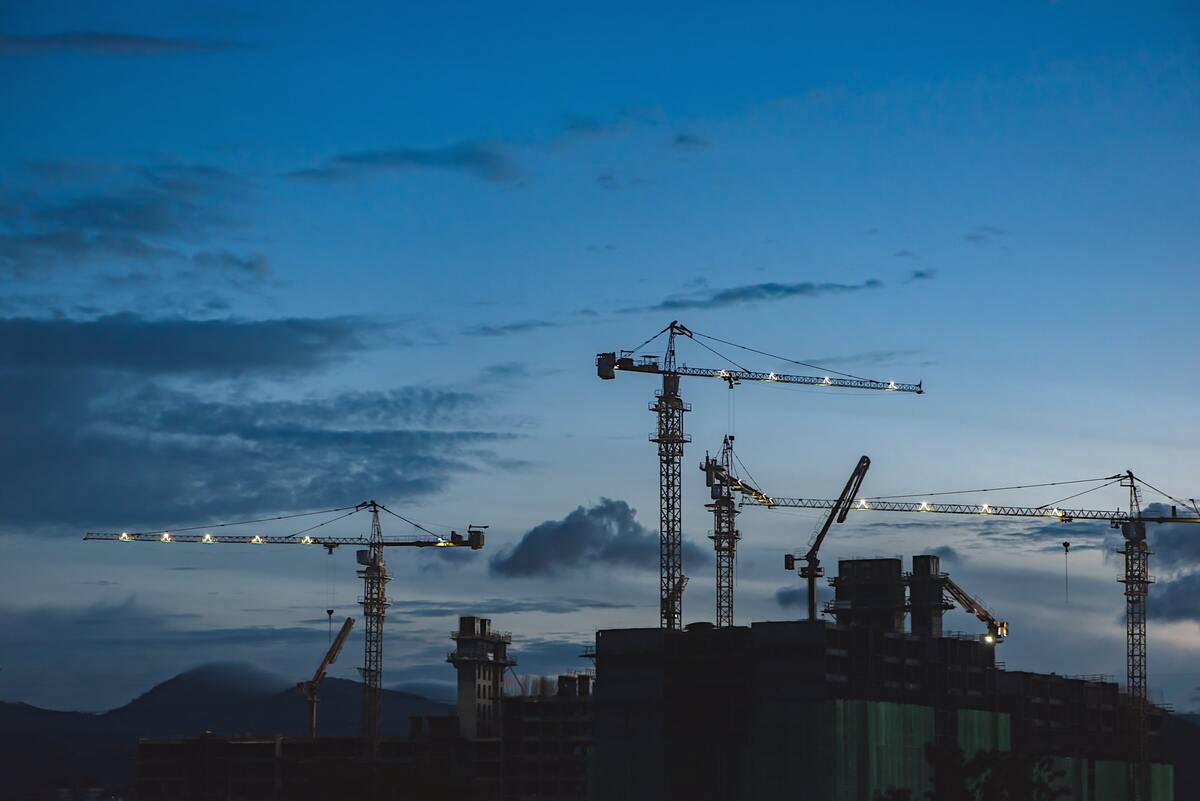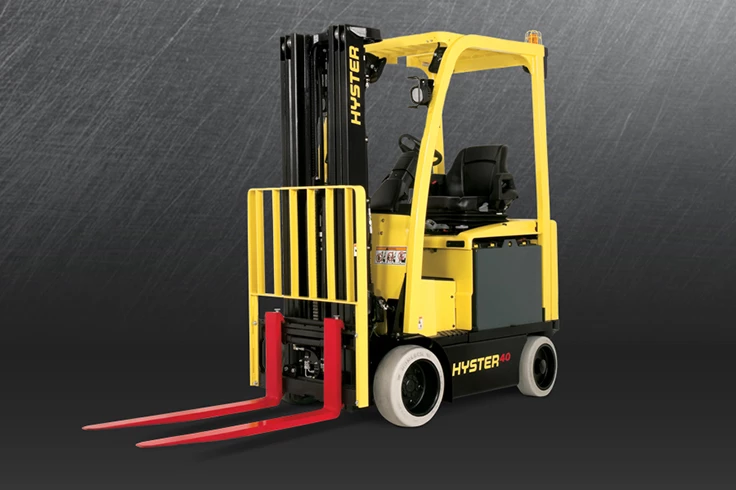In January 2019, new Stage V European Emission Regulations were introduced for all Non-Road Mobile Machinery, including forklifts. The aim of Stage 5 is to reduce emissions from combustion engines by lowering the limit of exhaust levels of diesel and LPG engines.

What is a Stage V engine?
The Stage V engine is a step up from the standard four-cylinder engine and is designed for maximum performance. It uses the latest technology to deliver more power and efficiency than ever before.
The engine can produce up to 200 horsepower and 155 lb-ft of torque, making it a great choice for those who need a little more power in their engine. In addition, the engine can reach up to 35 miles per gallon, making it extremely fuel efficient.
How does it help you?
The main advantage of the Stage V engine is its efficiency. It is designed to use up to 30 percent less fuel than other engines. This means you will save money in the long run and reduce your carbon footprint. As the engine is designed to reduce emissions, it is an excellent choice for companies looking to achieve their sustainability goals.
The Stage V engine also offers improved reliability over conventional engines. It is designed to be more durable and last longer than other engines. This means you can expect your engine to last longer with outstanding performance. In addition, the engine is designed to be more reliable, meaning it won't need maintenance as often as before.
Finally, the Stage V engine is designed to be easy to maintain. Many of its components are designed to be self-cleaning, meaning you don't need to spend time and money on regular maintenance.
The Toyota Tonero range of engine-powered counterbalanced forklifts are equipped with Stage V engines, available with torque converter or hydrostatic transmission (HST) and capacities from 1.5 to 8 tons.









